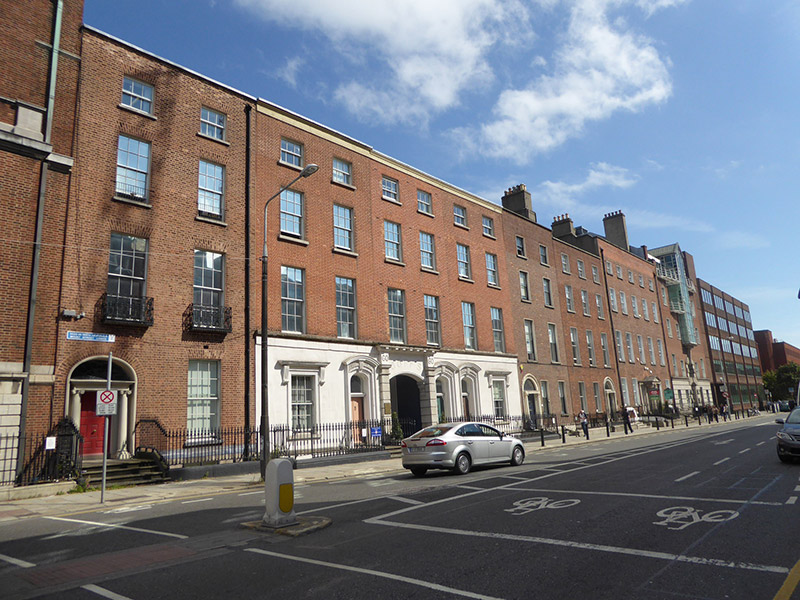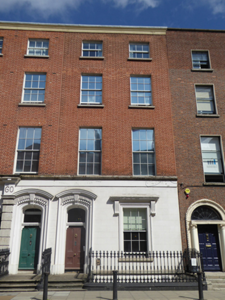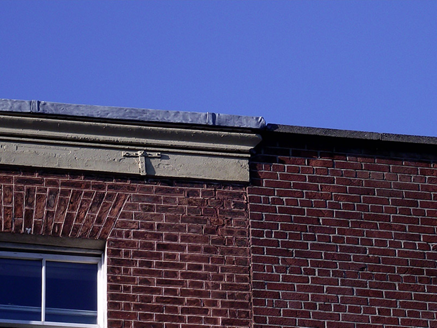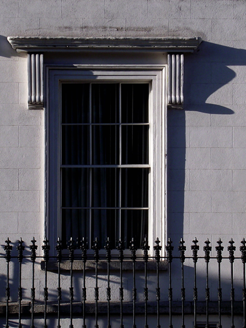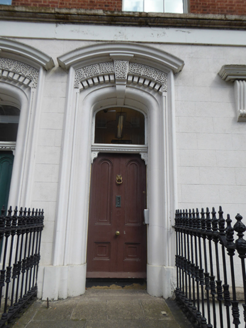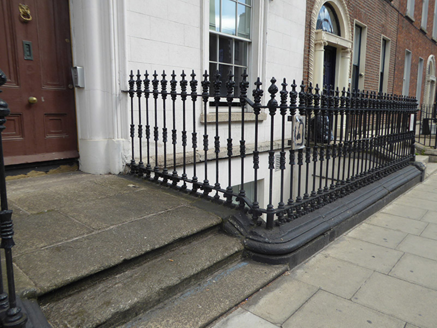Survey Data
Reg No
50100387
Rating
Regional
Categories of Special Interest
Architectural, Artistic
Original Use
House
In Use As
Office
Date
1800 - 1890
Coordinates
316900, 233556
Date Recorded
07/06/2016
Date Updated
--/--/--
Description
Attached end-of-terrace two-bay four-storey former house over basement, built c. 1810, with late Victorian frontage to ground floor and now forming east end of row (Nos. 59-61), having three-storey flat-roofed rear return. Now in commercial office use. M-profile slate roof, hipped to west, with brick parapet having lead-lined coping over rendered cornice and platband, and parapet gutters. Flemish bond red brick walling with recent wigging, painted ruled-and-lined rendered ground floor and basement with granite plinth course between; rendered to rear elevation. Square-headed window openings, diminishing in height to upper floors, with rendered reveals, granite sill course to first floor and granite sills elsewhere, with brick voussoirs to top three floors, and moulded rendered architrave to ground floor with moulded lintel cornice on scrolled brackets. Replacement timber sliding sash windows, three-over-three pane to top floor, two-over-two pane to basement and six-over-six pane elsewhere. Basket-handle-headed door opening with three-stage moulded reveals, projecting vermiculated keystone supporting hood-moulding over dentillated and vermiculated segmental-headed voussoirs, plain fanlight, dentillated cornice and bolection-moulded timber-panelled door. Granite-paved entrance platform with remnant of cast-iron boot-scrape, and with three bull-nosed steps to street level. Basement area enclosed by decorative spear-headed cast-iron railings on painted masonry plinth.
Appraisal
No. 61 Mount Street Lower now presents as part of a unified terrace of three, arranged about a carriage-arch. The group was decoratively altered with neo-Classical devices, including the addition of parapet cornice, decorative treatments to the ground floor and segmental doorways. Restored in recent years with replacement windows and historic wigged pointing, the group enhances the Georgian streetscape, the decorative additions adding a further layer of interest and variety to the streetscape, illustrating the evolving architectural fashions of nineteenth-century Dublin, and the buildings are part of the remaining historic fabric of a street that has been much diminished by twentieth-century office development.
